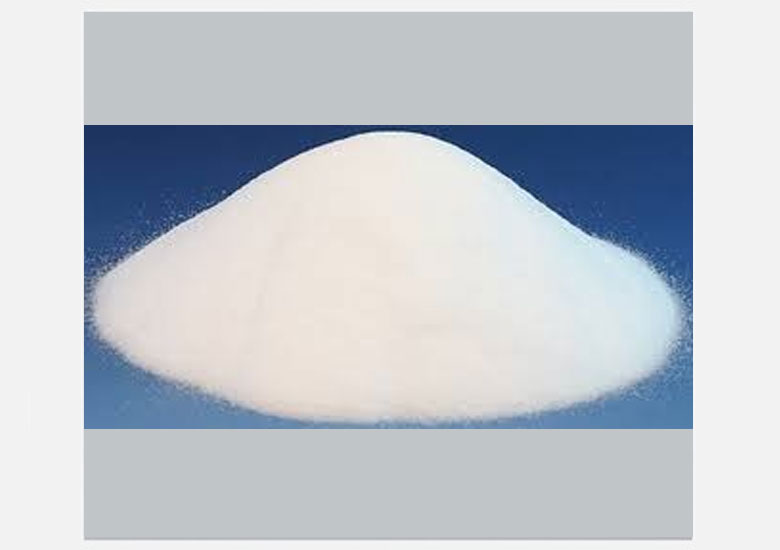Silicone & Water Base Heat Transfer
Silicone and water base heat transfer textile printing are two different types of heat transfer printing that use different types of inks.
Silicone heat transfer printing uses silicone-based inks, which are made from silicone elastomers. Silicone elastomers are high-performance materials with a number of unique properties, including:
- Elasticity: Silicone inks are very elastic, which allows them to stretch and contract with the fabric without cracking or peeling.
- Durability: Silicone prints are extremely durable and can withstand repeated washing and abrasion.
- Chemical resistance: Silicone prints are resistant to a wide range of chemicals and solvents.
- UV resistance: Silicone prints are resistant to UV degradation, which makes them ideal for outdoor applications.
Silicone heat transfer printing is often used to print on sportswear, activewear, and other performance apparel. It is also used to print on a variety of other textile products, such as home furnishings, industrial textiles, and medical textiles.
Water base heat transfer printing uses water-based inks, which are made from pigments and other additives suspended in a water-based medium. Water-based inks are typically more environmentally friendly than silicone-based inks, but they may not be as durable or resistant to chemicals and UV radiation.
Water base heat transfer printing is often used to print on cotton and other natural fibers. It is also used to print on polyester and other synthetic fibers, but the prints may not be as durable or resistant to chemicals and UV radiation as silicone prints.
Both silicone and water base heat transfer printing are relatively easy to do and can be done at home with the right equipment.

PET Film

Elastic Rubber White & Clear

High Density White & Clear

Backer

Hot Melt Adhesive

